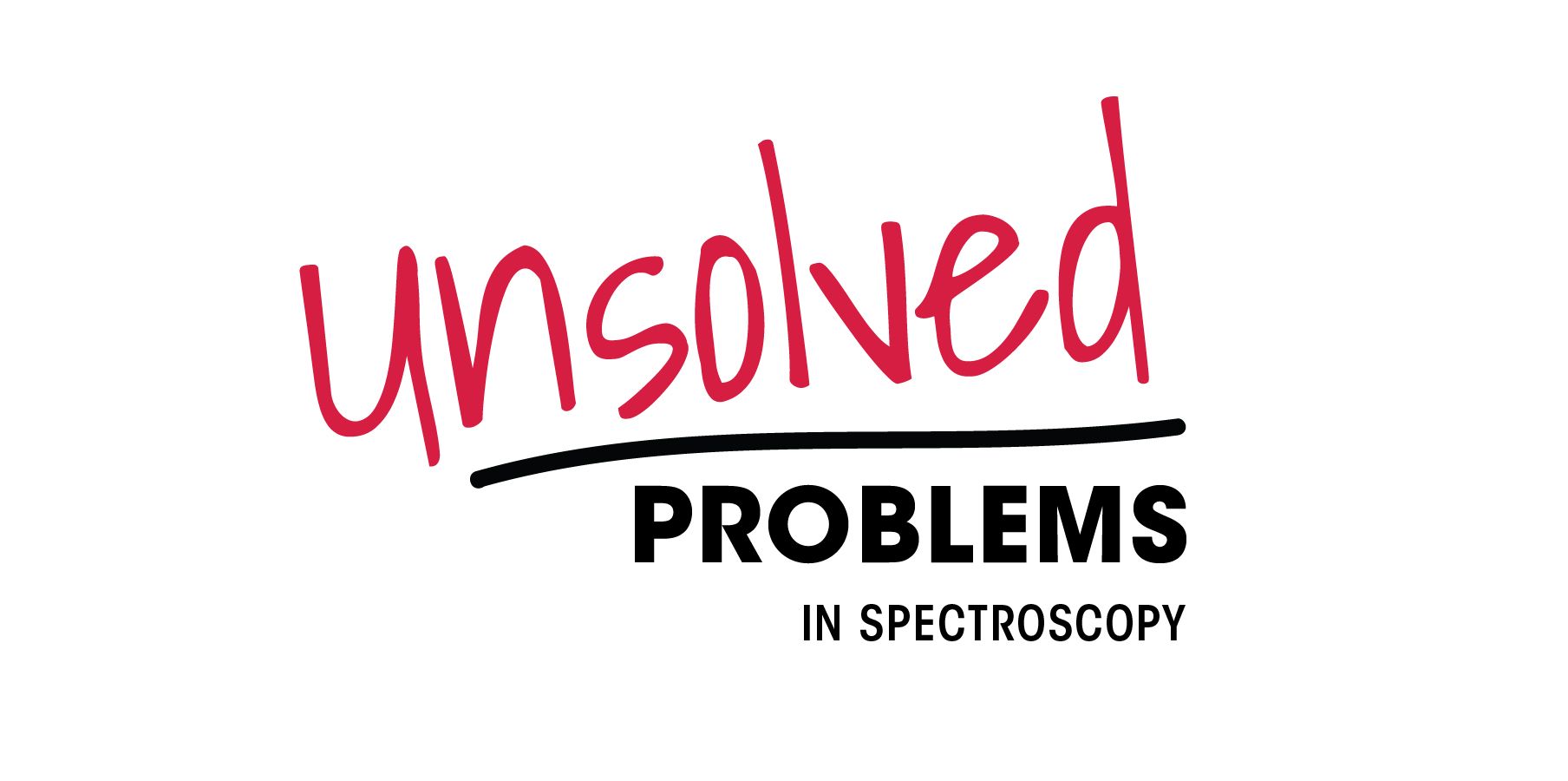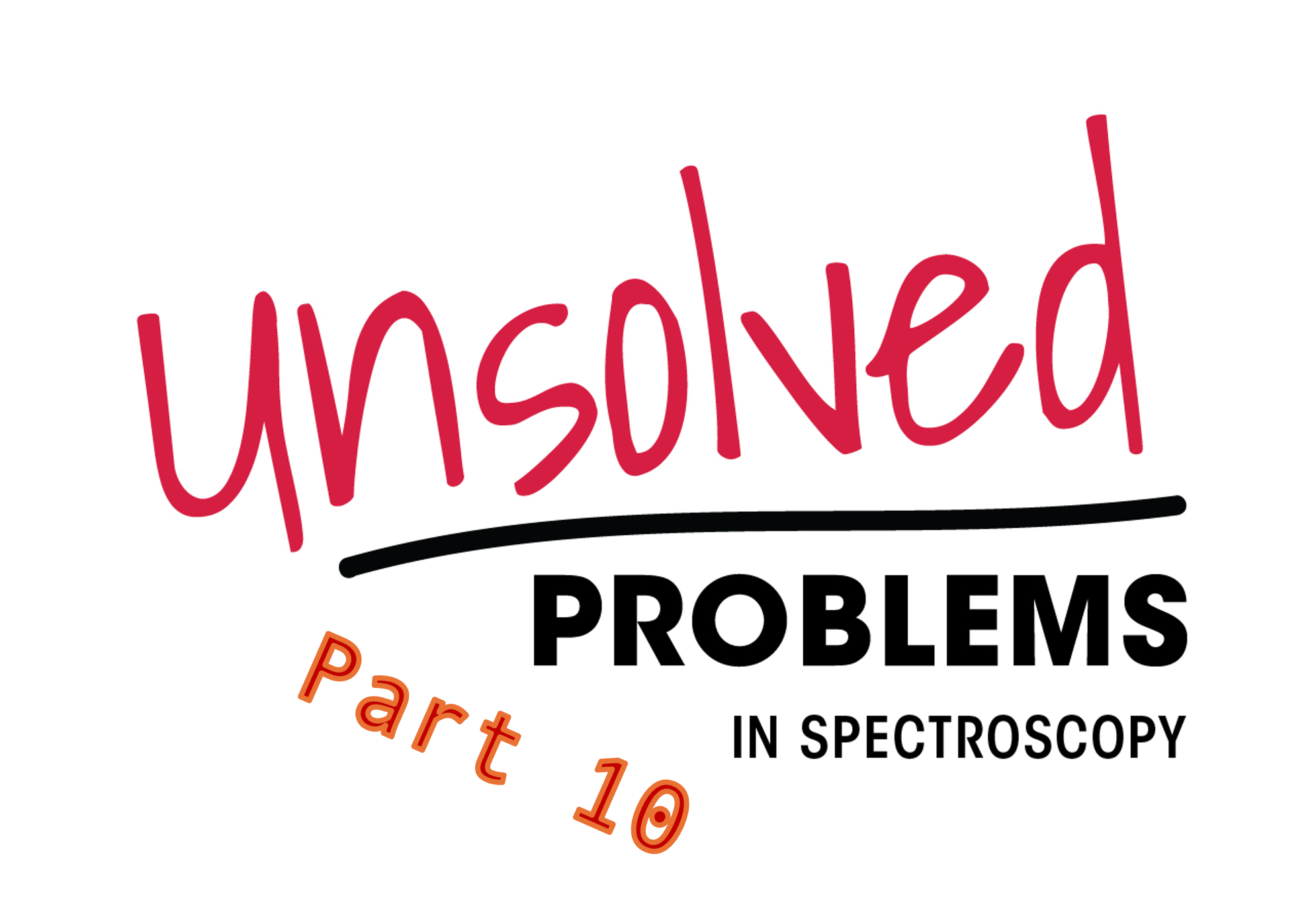News
Article
Near-Infrared Spectroscopy in Athletics
Author(s):
In honor of the Paris 2024 Summer Olympics, the editors of Spectroscopy highlighted the impact of spectroscopy in athletic competitions by discussing a few recent studies in this space.
With the Paris 2024 Olympic Games underway, it’s a good time to reflect on some of the ways that spectroscopy has impacted sports science. Wearable technology, for example, has become more popular among athletes of all skill levels. Below, you’ll find an overview of some of the latest research in spectroscopy for athletics.
Athlete in starting position | Image Credit: © fotokitas - stock.adobe.com

Wearable Near-Infrared Technology Tested for Monitoring Athletic Performance
This article discusses the reliability and side differences of muscle oxygenation (SmO2) measurements using the Moxy muscle oximeter during cycling. The study involved 12 trained cyclists and triathletes performing incremental step tests (1). These step tests were designed to monitor muscle oxygenation using the wearable device. The results indicated good-to-excellent reliability with intra-class coefficients (ICC) ranging from 0.79 to 0.92, and a standard error of measurement (SEM) between 5 to 9% SmO2 (1–4). However, significant side differences were observed, with a bias and limits of agreement (LoA) of −2.0% ± 19.9% SmO2 between dominant and non-dominant legs (1,3). This study highlights the importance of using the same device on the same leg and muscle for consistency, and it also stresses the need for standardized measurement protocols to ensure accurate data in endurance training and performance monitoring (1,2).
This article discusses using a NIRS-occlusion approach to detect changes in muscle oxygen consumption (mVO2) before and after cold water immersion (CWI). The study found that CWI reduced mVO2, with the most significant decrease observed at colder temperatures after 20 min of immersion (5). Although these findings indicate that colder immersion temperatures lead to greater reductions in muscle metabolic activity, the significance of this reduction for post-exercise recovery remains unclear (5). The study highlights the need to establish the role of mVO2 in recovery protocols to determine the optimal CWI conditions. Additionally, the NIRS-occlusion technique could offer insights into muscle metabolic responses beyond traditional NIRS signals (5).
Side Differences and Reproducibility of the Moxy Muscle Oximeter During Cycling in Trained Men
This article discusses the reliability of Moxy-derived muscle oxygenation (SmO2) values during an incremental cycling test. The researchers found that the results indicated there was good-to-excellent relative reliability using the intra-class coefficient (ICC) and an average standard error of measurement (SEM) of 6% SmO2 (6). However, the Moxy device could only differentiate 0.5 W/kg differences between 2 and 4 W/kg, which means it is unsuitable for precise intensity control (6). The researchers also found that a difference of at least 9% SmO2 is required to detect a real improvement. Wide limits of agreement for side differences were observed, unrelated to leg dominance (6). Practitioners should use the same device on the same leg and muscle to minimize between-device and side-specific differences.
Muscle Oximetry in Sports Science: An Updated Systematic Review
In this review article, the authors highlight the latest advancements in using NIRS in studying muscles in athletes, measuring variables such as muscle workload and oxygenation. This study also highlighted some recent instrumental advances in this space, and how they are helping spectroscopists measure muscle oximetry more accurately and efficiently (7).
References
(1) Workman, Jr., J. Wearable Near-Infrared Technology Tested for Monitoring Athletic Performance. Spectroscopy. Available at: https://www.spectroscopyonline.com/view/wearable-near-infrared-technology-tested-for-monitoring-athletic-performance (accessed 2024-07-29).
(2) Skotzke, P.; Schwindling, S.; Meyer, T. Side differences and reproducibility of the Moxy muscle oximeter during cycling in trained men. Eur. J. Appl. Physiol. 2024, May 29. DOI: 10.1007/s00421-024-05514-2
(3) Barstow, T. J. Understanding Near Infrared Spectroscopy and Its Application to Skeletal Muscle Research. J. Appl. Physiol. 2019, 126 (5), 1360–1376. DOI: 10.1152/japplphysiol.00166.2018
(4) Atkinson, G.; Nevill, A. M. Statistical Methods for Assessing Measurement Error (Reliability) in Variables Relevant to Sports Medicine. Sports Med. 1998, 26 (4), 217–238. DOI: 10.2165/00007256-199826040-00002
(5) Jones, B.; Waterworth, S.; Tallanet, J.; et al. Cold-Water Immersion and Lower Limb Muscle Oxygen Consumption as Measured by Near-Infrared Spectroscopy in Trained Endurance Athletes. J. Athl. Train. 2024, 59 (3), 317–324. DOI: 10.4085/1062-6050-0532.22
(6) Skotzke, P.; Schwindling, S.; Meyer, T. Side Differences and Reproducibility of the Moxy Muscle Oximeter During Cycling in Trained Men. Eur. J. Appl. Physiol. 2024, May 29. DOI: 10.1007/s00421-024-05514-2
(7) Perrey, S., Quaresima, V. & Ferrari, M. Muscle Oximetry in Sports Science: An Updated Systematic Review. Sports Med. 2024, 54, 975–996. DOI: 10.1007/s40279-023-01987-x
Newsletter
Get essential updates on the latest spectroscopy technologies, regulatory standards, and best practices—subscribe today to Spectroscopy.





